Coast is clear: Across Australia’s Pacific Coast
It was a scene that Salvador Dali himself might have arranged: 20-metre-high sand dunes rising imposingly like faceless buildings, animal footprints trailing off to nowhere in particular, and a monument-sized cross standing in the midst of it all. I had never expected to find a desert sandwiched between the sea and the bush but there it was in Stockton Beach. And to add to my surreal experience, I was exploring aboriginal land on a quad bike.
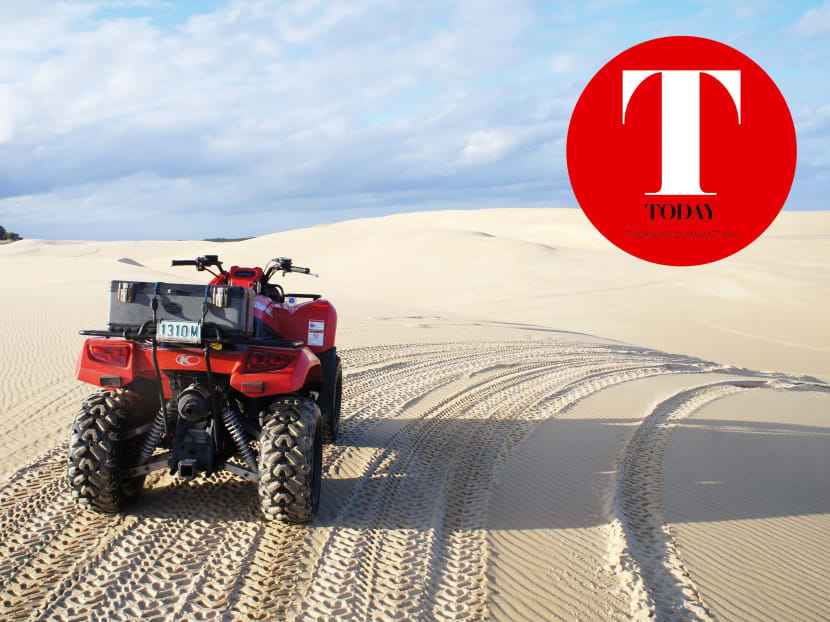
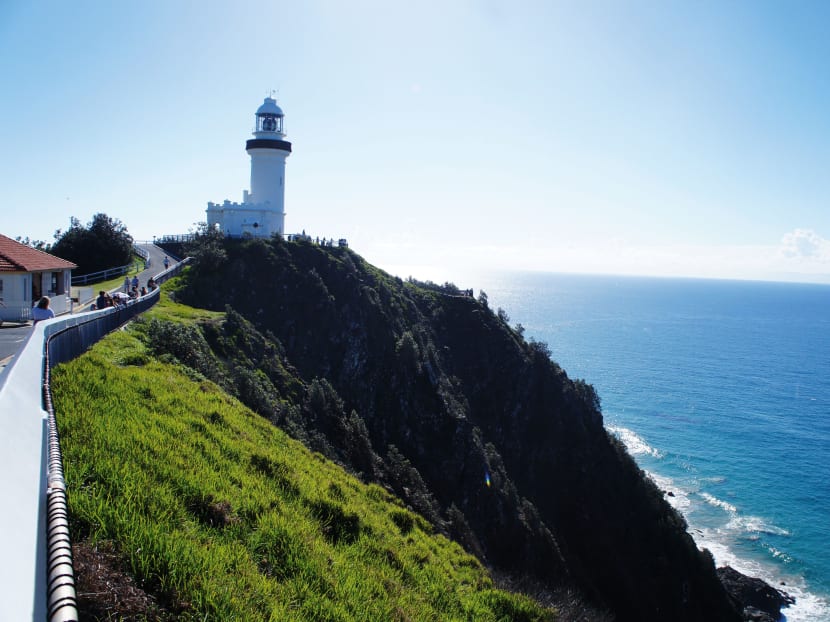
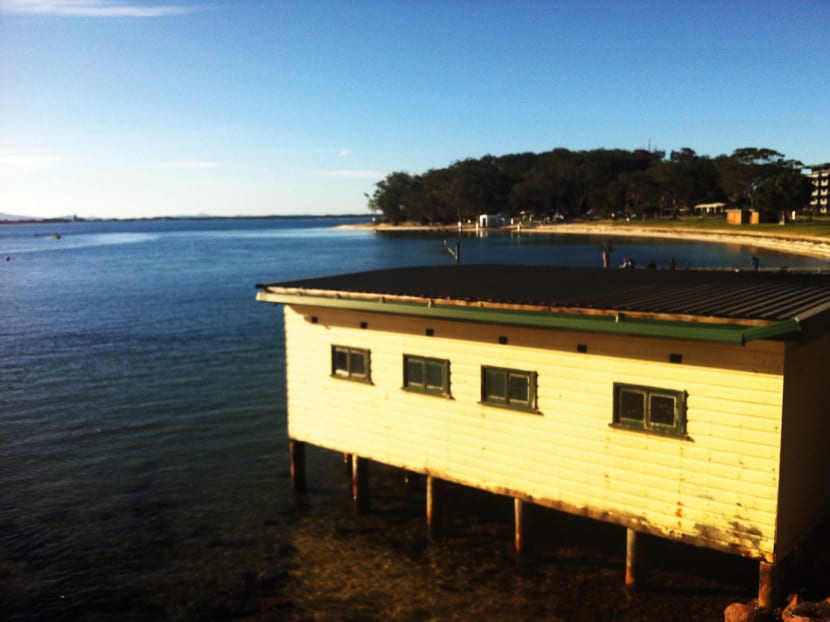
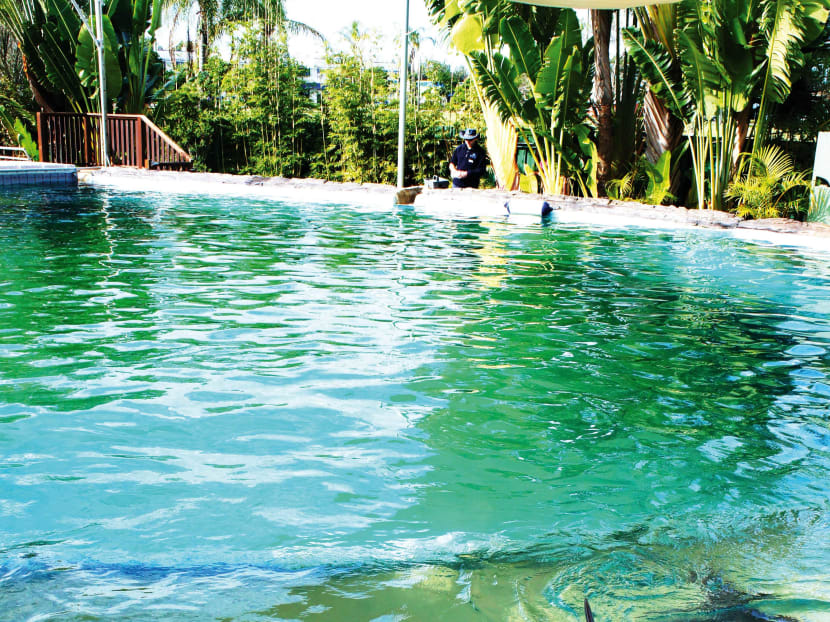
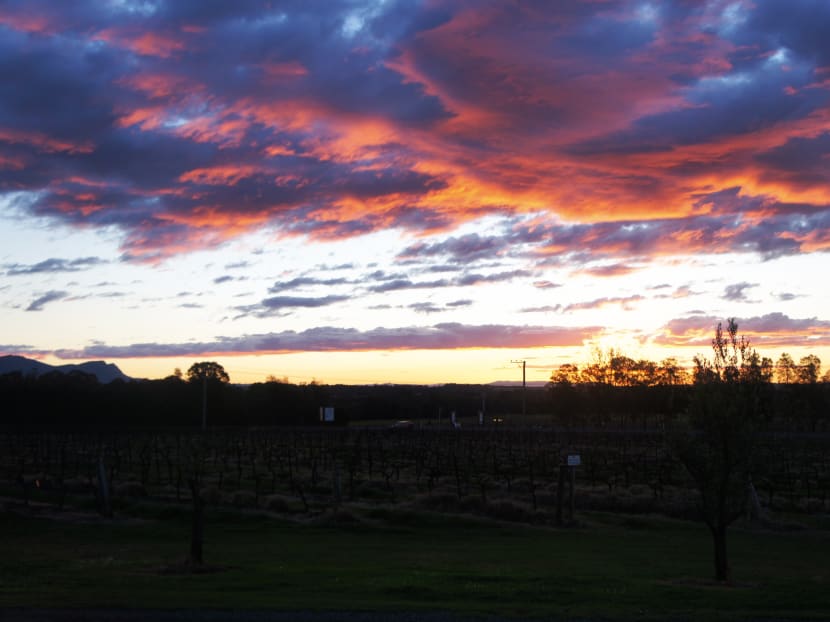
It was a scene that Salvador Dali himself might have arranged: 20-metre-high sand dunes rising imposingly like faceless buildings, animal footprints trailing off to nowhere in particular, and a monument-sized cross standing in the midst of it all. I had never expected to find a desert sandwiched between the sea and the bush but there it was in Stockton Beach. And to add to my surreal experience, I was exploring aboriginal land on a quad bike.
The stopover at the sand dunes was one of many surprises my friends and I encountered during our seven-day road trip through Australia’s Pacific Coast. Going on a road trip had always been on my (unambitious) bucket list, and it could not be more rewarding or easier than on the Pacific Highway. The British built part of the route in the 1930s to link Sydney to the regional towns of New South Wales. Today, the 930km stretch connects Sydney to Brisbane, closely hugging the coast of eastern Australia.
Our trip began in Sydney, where we spent a day marvelling at the famous harbour and checking out the glamorous beaches of the Eastern Suburbs. The next morning, we started our road trip as soon as the sun came up. I learnt that pre-road trip checks include making sure the tank is full and that there’s an extra tyre in the trunk. Then, we simply followed the GPS as it led us out of the city and onto the Pacific Highway. Easy does it.
WINE COUNTRY
Our first stop was Hunter Valley, where we vineyard-hopped and tried an array of classics from the region such as Semillon, Chardonnay and Shiraz. The cool climes of the valley and the winds that come in from the sea are supposedly the secret to the region’s great-tasting wines.
It was not just the wine that tasted great. At award-winning restaurant Esca in Bimbadgen Estate, we sipped the winery’s red and white varietals and nibbled on mod-Oz dishes such as artichoke soup, spatchcock terrine and green pea creme brulee while relishing the views of the sprawling lowland. After lunch, we hopped over to Hunter Valley Resort to receive a crash course on wine appreciation. The property is outfitted with a sleek modern wine theatre where novices can learn about the wine-making process in a 15-minute video and sample Hunter Valley vintages at the same time.
We got back on the road with much reluctance but our moods picked up upon arrival in Port Stephens. The sunset that greeted us at Shoal Bay was simply stunning — a sky slowly transitioning from orange to purple.
CHASING TAIL
Since we were in the middle of the mild Australian winter, it was prime time for observing humpbacks migrating north to warmer waters in Queensland and the Coral Sea. Port Stephens sits right by the “whale corridor” along the New South Wales coastline, and we were told that sightings of the marine giants are almost guaranteed from May to November.
While it is possible to spot the humpbacks from vantage points on shore, we wanted to get a closer look. Off to Moonshadow Explorer we went. The catamaran took us straight into the path of the Eastern Australian Current — the same underwater “superhighway” made famous in Finding Nemo that carries warm water from the Coral Sea south along the Australian coast. Within minutes, we spotted a couple of humpback whales body rolling mere metres away from us.
In total, we spotted no fewer than eight humpbacks, a pod of dolphins, a family of seals and the odd penguin during the three-hour cruise, We returned to shore happy as clams and made for the dunes in nearby Stockton Beach.
Occupying a large expanse of land along 32km of coast, the sand dunes here are a spectacle to behold. Our guides Scotty and Aaron of Sand Dune Adventures took us through a landscape that is at once majestic and peaceful. They were keen to show us a midden, an aboriginal burial site covered with a naturally formed layer of pipi and whelk shells, bones and other organic debris. Aaron explained that their elders were buried under middens because the debris covered the smell of decaying bodies and discouraged animals from digging up the bones.
Once made apparent, I began noticing them dotted around the sand dunes. They are, after all, part of the 4,200-hectare Worimi Conservation Lands co-managed by the New South Wales conservation agency, the National Parks and Wildlife Service, and the Worimi people, who have inhabited the land for thousands of years. After listening to Aaron explain aboriginal sacred sites and songlines that connected one tribe to another, I was convinced that there is no better way to discover the magnificent sand dunes.
CLOSE ENCOUNTERS
With that done and dusted, we drove three-and-a-half hours north to Port Macquarie. The highlight of our two-day stopover here was a visit to the Koala Hospital. This rehabilitation centre, managed entirely by volunteers, operates around the clock to rescue and treat injured and sick koalas. When we got there, a new patient had only just arrived and poor Ellenborough Howard (yes, these koalas have names) had an eye infection.
While we were not allowed to touch him or any of the marsupials, we were encouraged to take a closer look at the recovering patients and learn about the hospital’s conservation efforts.
Australians are extremely protective of their wildlife. Another conservation centre we visited was Dolphin Marine Magic in Coffs Harbour, a town approximately two-and-a-half hours from Port Macquarie. Opened in 1970, the facility is a rehabilitation centre as well as home to a family of dolphins, penguins, seals and turtles.
Animals that are unable to survive in the wild or those that are permanently injured are kept in the facility. One of them is 43-year-old (you read that right) Bucky, an Indo-Pacific bottlenose dolphin who was rescued after being trapped in an oyster bed. When he was found, he was severely sunburnt and dehydrated. Today, Bucky is the star of the marine park. Visitors can watch him and his brood of offspring in an entertaining show and even get up close with some of the dolphins in supervised swims.
MARKET VALUES
We reached our final stop after five days of being on the road. Recognised as the easternmost point in mainland Australia, Byron Bay welcomes the country’s first sunrise. As we drove through the winding slopes of the North Coast region, our guide informed us that Aboriginals believe that the air in Byron Bay has a healing quality.
This belief is perhaps why there is a discernible bohemian vibe surrounding the town. Amid rolling emerald hills set against kilometres of coast are a clutch of wellness resorts and meditation centres. One such place is The Byron at Byron Resort, where guests are encouraged to attend morning yoga sessions and dine on organic, sustainably-sourced food while being put up in tastefully-decked-out one-bedroom suites.
Byron Bay’s Central Business District can also be described as charmingly boho-chic, with its collection of low-slung conservation buildings housing boutiques, art galleries, cafes and day spas. Every Thursday morning, a farmers’ market is set up near the CBD, where local growers gather to sell their produce. From macadamia nuts, muesli and raw honey to sausages, bacon and breads, everything at the market is seasonal, locally sourced and homemade.
It’s another 20-minute drive inland to the small town of Bangalow for its popular market, which opens every fourth Sunday of the month, and where artisans showcase their wares, from organic hemp skincare to repurposed furniture. The Bangalow market can be likened to a convivial gathering of modern-day hippies, complete with live music and tarot card booths. Bangalow itself is a quaint heritage town that has retained much of its Victorian facade. Buildings in the historic downtown core have been carefully preserved — even if they house trendy boutiques and hip cafes.
Out of all the places we visited, leaving Byron Bay was probably the hardest. And it wasn’t because it was the last stop. We were already accustomed to predictably delicious local produce and unending postcard-worthy scenes along the Pacific Coast, like the one before me as we drove towards Gold Coast Airport: A gentle sunrise over sugarcane fields; perhaps beckoning me to stay just one more day.
This trip was made possible by Destination New South Wales and Scoot.





